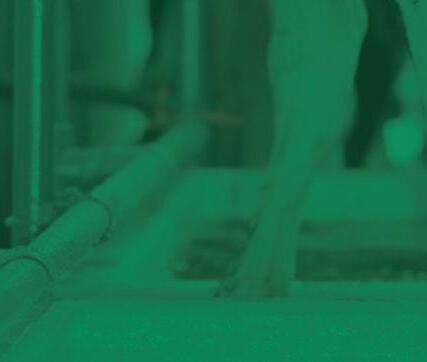
1 minute read
Lameness: Winter Housing and Livestock Health
Winter housing can be an incredibly stressful time for cattle. Elevated cortisone levels in stressed animals can have numerous potential harmful effects on the animal’s immune system. The animal experiences a range of stress factors at housing such as moving to new housing, temperature changes, crowding, confinement, feed quality issues and other new environmental challenges which may easily result in a reduction in the functioning of the animal’s immune system, and hence an increase in the spread of diseases, especially as the cattle may be in a confined space which can hasten the spread of infections. Simple things like access to fresh water, enough space to lie down comfortably, good flooring, slurry removal, and equal feeding space can be the difference between health and sickness. On many farms, winter housing will be the first time that groups of animals are mixed, and as a result the chances of a disease outbreak occurring increase. Amongst the major disease problems in housed cattle are hoof problems and lameness.
Lameness usually shows a steep increase in incidence over the winter period. Hard concrete floors, slats, wetness, lying areas, and slurry underfoot can all predispose to hoof problems. Hoof health problems are serious issues in cattle that can cause tremendous economic losses. Factors such as overcrowding, flooring type, nutrition and trace element status all play a role here.
Lameness is one of the three main challenges facing dairy farmers all year, but at housing the risk is heightened. Reported lameness prevalence has been higher in housed systems and lower in pasture-based systems because pasture provides an optimal walking surface for improved mobility. Published reports have shown that cows housed on concrete were five times more likely to be diagnosed as lame as those housed on rubber mats over concrete. Lameness is a costly gateway disease which makes cows more likely to suffer from mastitis, milk fever, reduced milk yield and infertility. A regular foot bathing protocol with a proven non-toxic foot bath is an effective way to tackle foot disorders, especially digital dermatitis which can result from lack of underfoot hygiene, bacterial infection, and failure to remove slurry.










